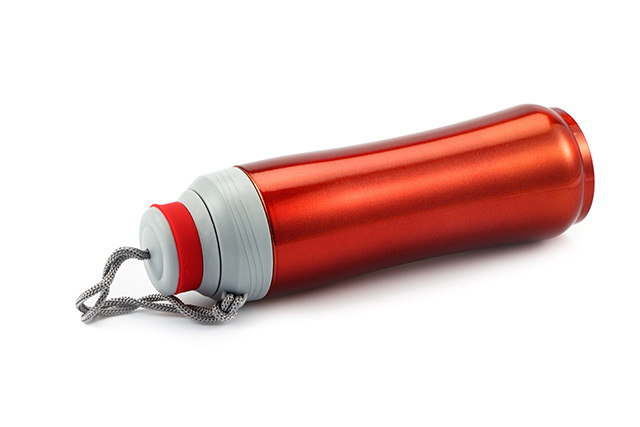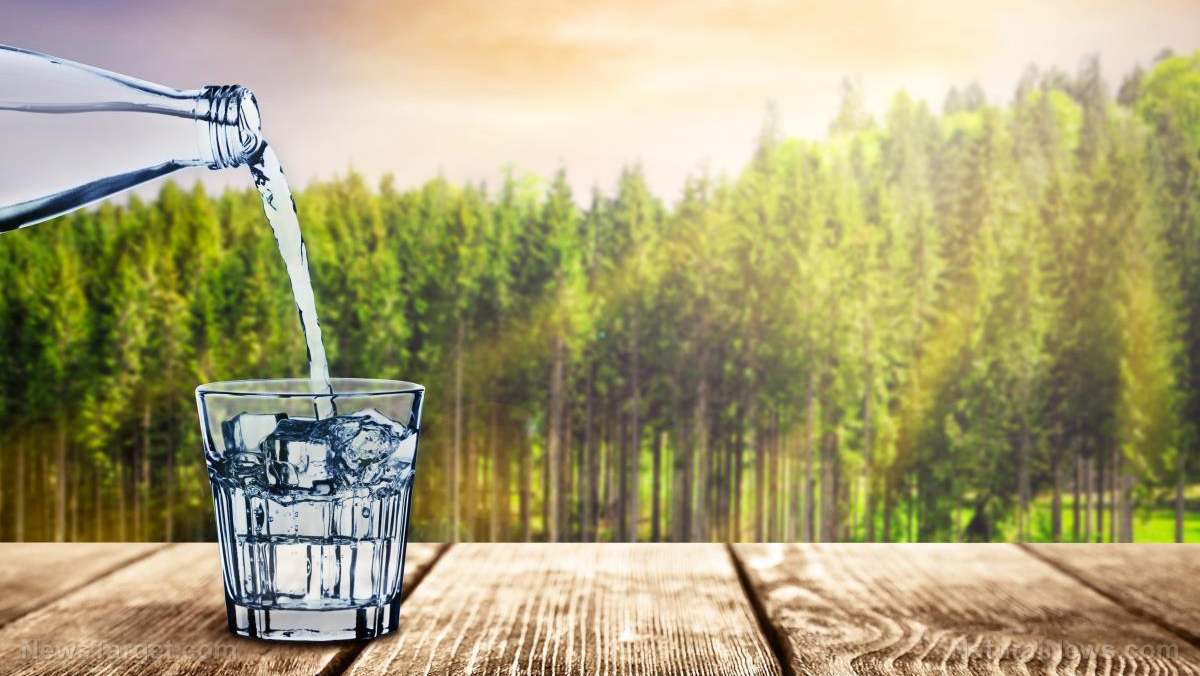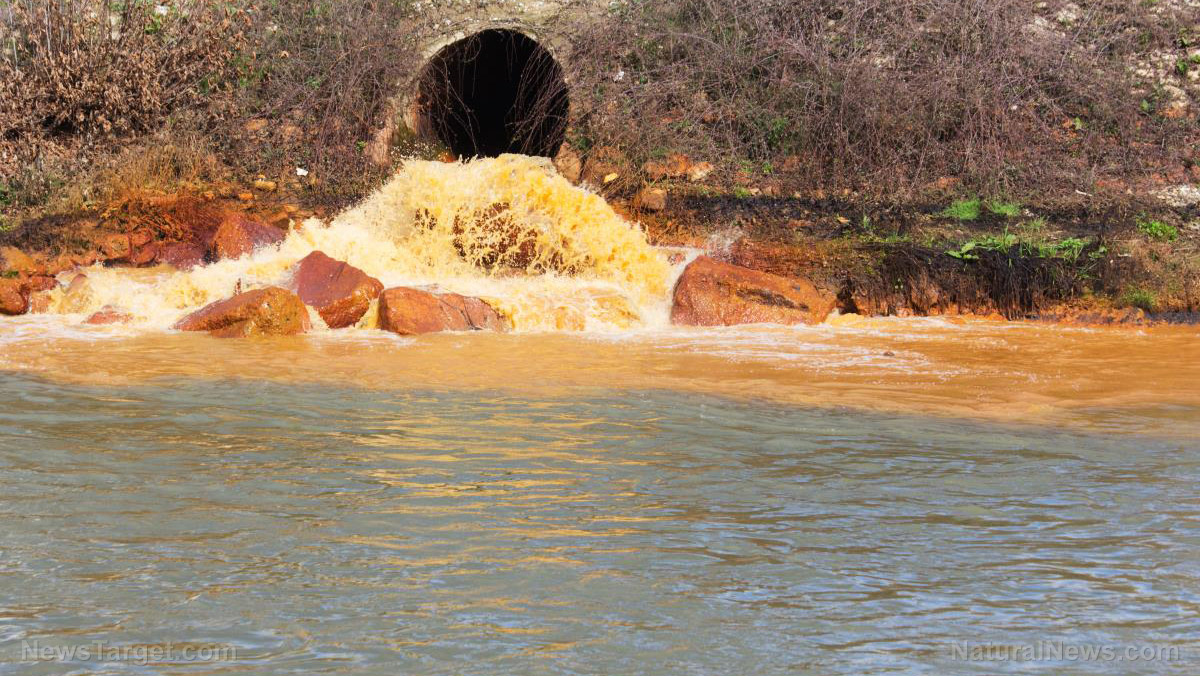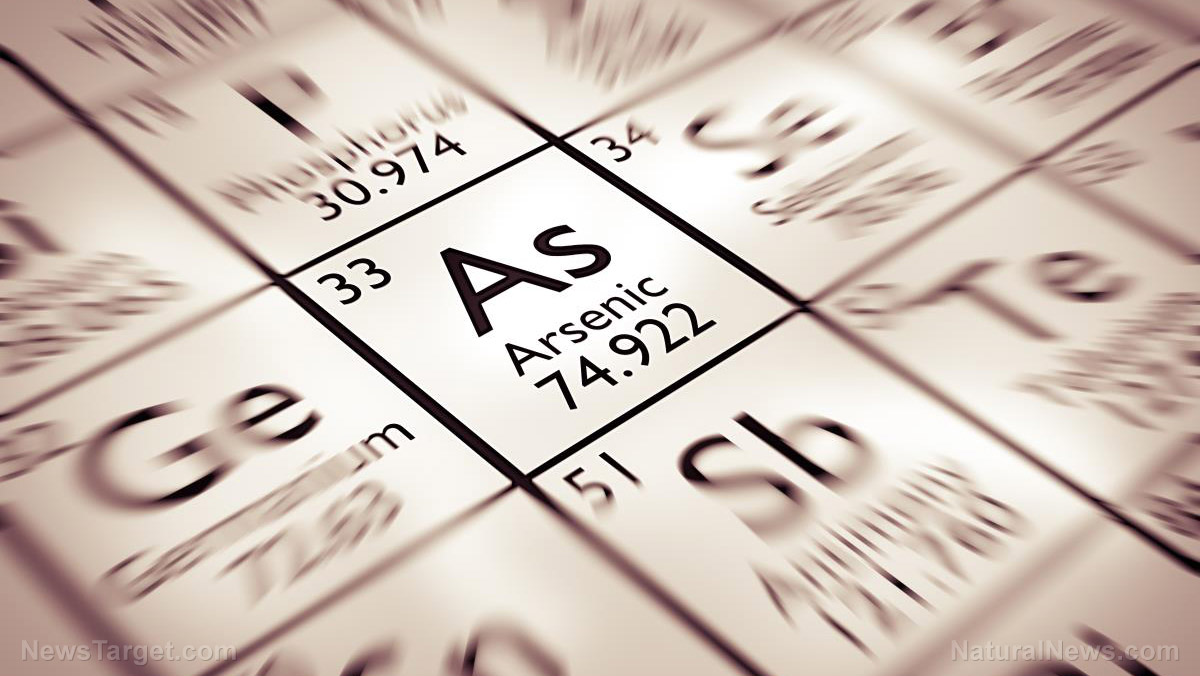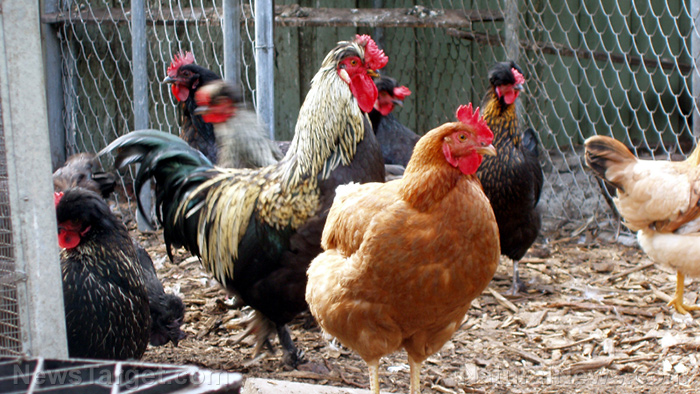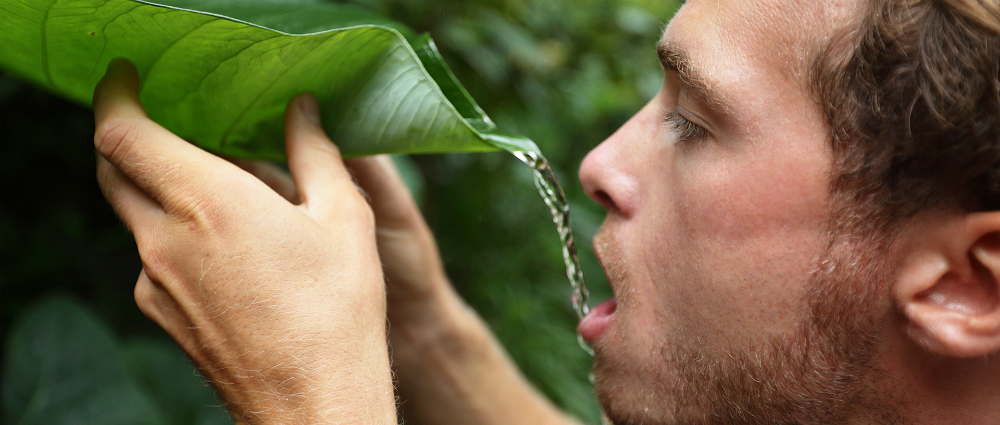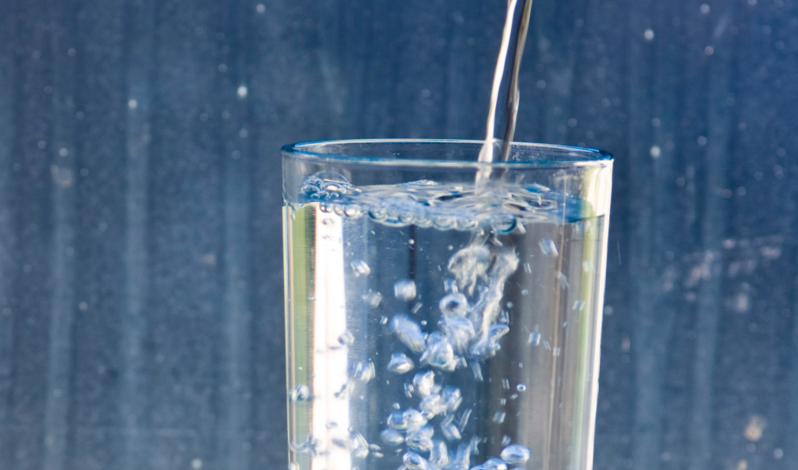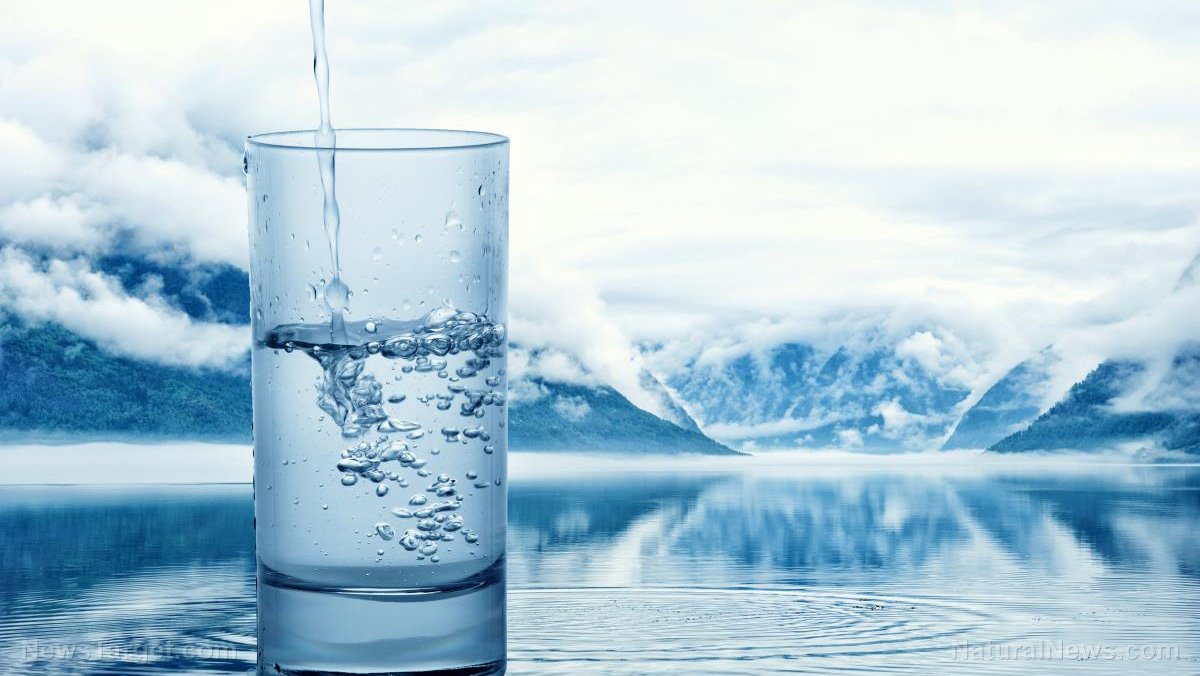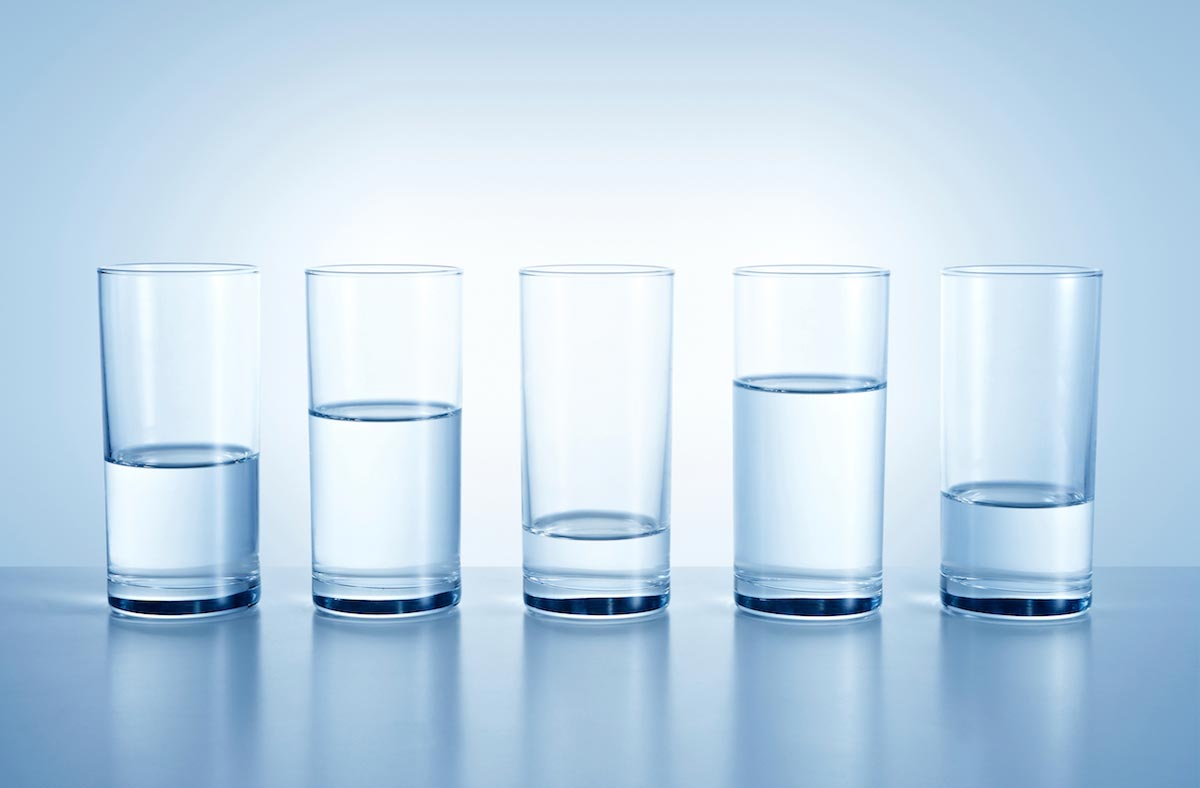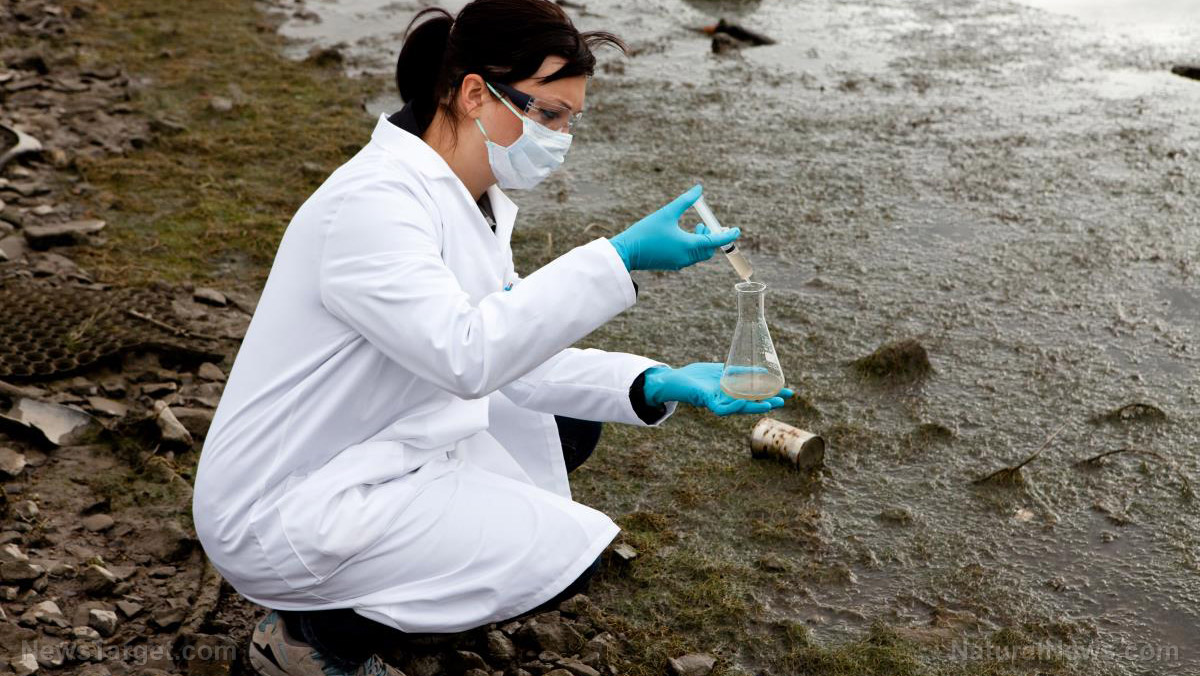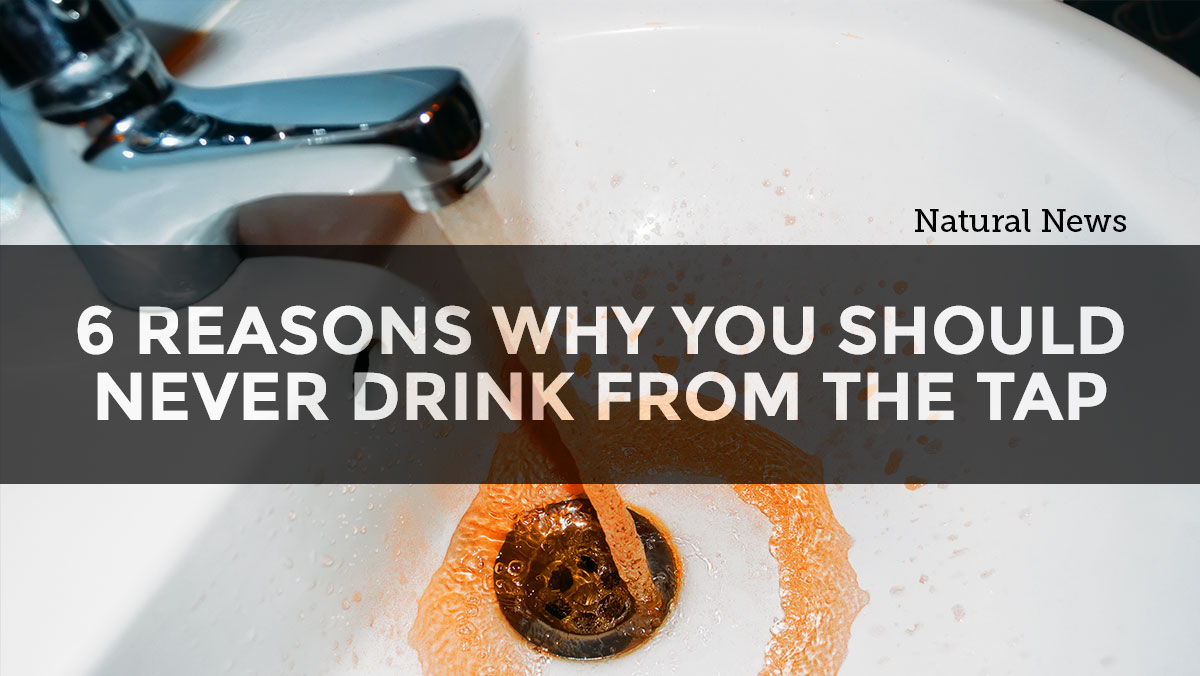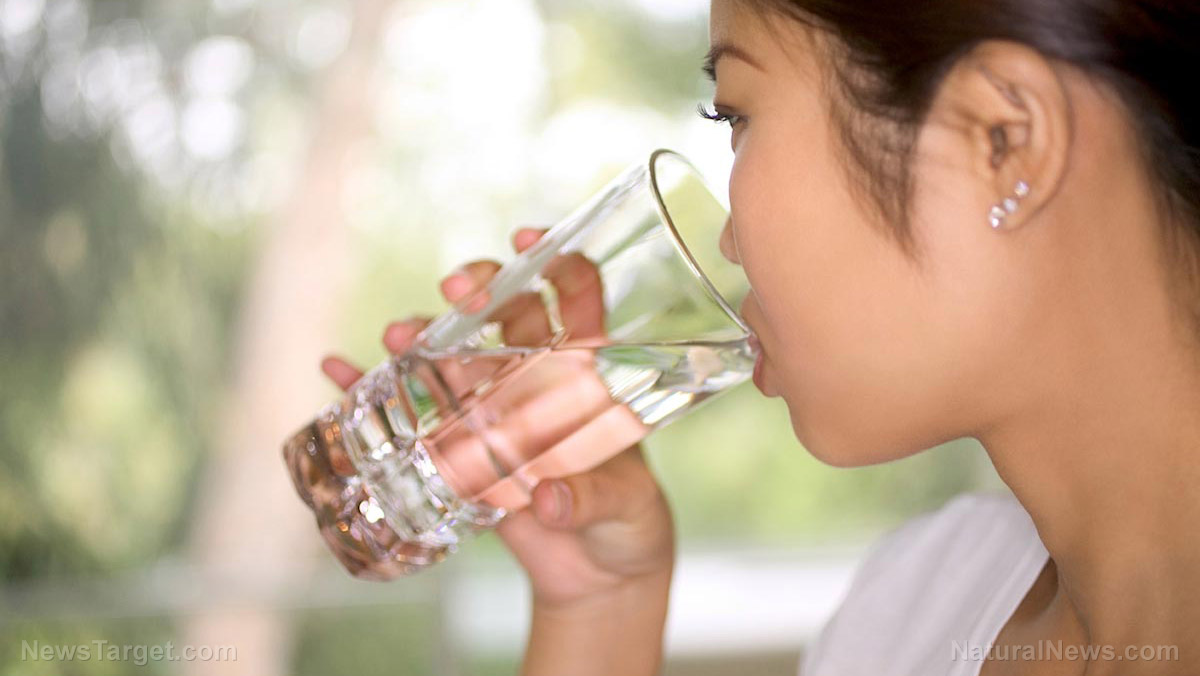Report: Most bottled water contains microplastic pollution
05/19/2018 / By Isabelle Z.

Experts say you need to get around 2 liters of fluids every day to be healthy and hydrated, but one unexpected ingredient found in bottled water could actually be working against you even as you try to enhance your health: microplastic.
A recent CBC marketplace investigation into bottled water on the market found plastic contamination in 30 of the 50 water bottles tested, and it was even found in bottled water that came in glass containers. Some of the plastics found included rayon and polyethylene.
In a similar study, State University of New York researchers tested 259 bottles of some of the world’s most popular brands of water including Evian, San Pellegrino, Dasani, Nestle Pure Life and Aquafina. The water they tested had 325 pieces of microplastics per liter on average, with more than 10 of these pieces exceeding 100 microns in size. Overall, 93 percent of the bottles that were tested contained some type of microplastic, including polystyrene, nylon, PET and polypropylene.
In that study, the most contaminated brand was Nestle Pure Life. A sample of this water was found to contain 10,390 particles per liter. The least contaminated brand wasn’t exactly perfect, however; San Pellegrino had 74 particles per liter.
How microplastic damages your health
These pieces of plastic are so small that you can’t see them unaided. Researchers used a dye that binds to the plastic and infrared light to make the particles visible under a microscope. But just because you can’t see it, that doesn’t mean it’s not hurting you – quite the opposite, in fact.
Some particles can get lodged in the walls of your intestines, while others can be taken in by intestinal tissue, from where they can make their way through your lymphatic system. The smaller particles – those of around 20 microns – enter the bloodstream before lodging in the liver and kidneys. Particles measuring 110 microns can get into the hepatic portal vein, which is responsible for transporting blood from your intestines, pancreas and gall bladder into your liver.
Microplastics come from the breakdown of the plastic waste found in oceans and landfills, although some are produced deliberately, like the microbeads in skincare products. It’s not exactly clear how plastic is making its way into the bottled water, but experts theorize it comes from the water source, the air, the processes of manufacturing and bottling, or even some plastic chipping off the cap when opening up the bottle.
Plastics can take hundreds of years to break down, and some never fully degrade. Compounding the problem is their tendency to act like sponges, absorbing and releasing chemicals that can harm people and animals.
Drinking safe water
Right now, there are no permissible limits for microplastics in the bottled water sold in the U.S., Canada and Europe. The World Health Organization has launched a review into the risks of plastics in drinking water in response to these studies. The group plans to study the short-term and long-term risks to human health of consuming water that contains microplastics and to determine what levels can be considered dangerous.
There are already around 150 million tons of plastic contaminating the world’s oceans. Experts say that within the next 30 years, our oceans will contain more plastics than fish. Plastic already exceeds plankton in some areas by 6 to 1.
If you’re concerned about plastics in water – and you should be – consider forgoing bottled water altogether and invest in a reputable water filter system for your home. You can put this water in your own reusable bottles made of safer materials for drinking on the go. It’s also a good idea to reduce your use of plastic in general, whether it means skipping straws, getting reusable grocery bags, or trading out your Tupperware for glass storage containers.
Sources for this article include:
Tagged Under: Bottled Water, clean safe water, clean water, dangerous toxins, disease causes, microplastics, Nestle, plastics, San Pellegrino, water, water filter, water filters




